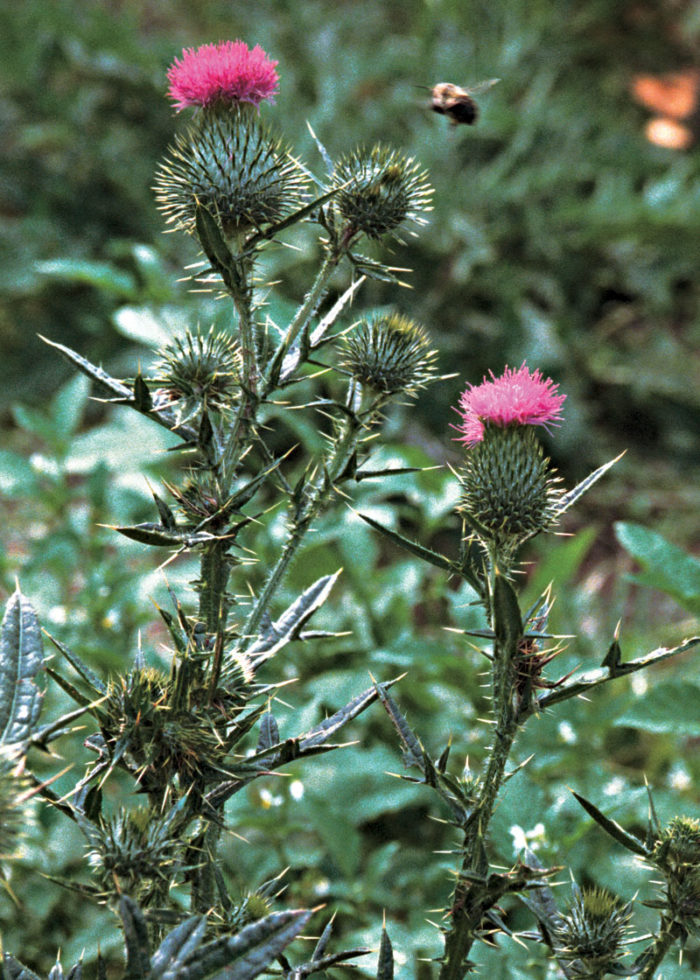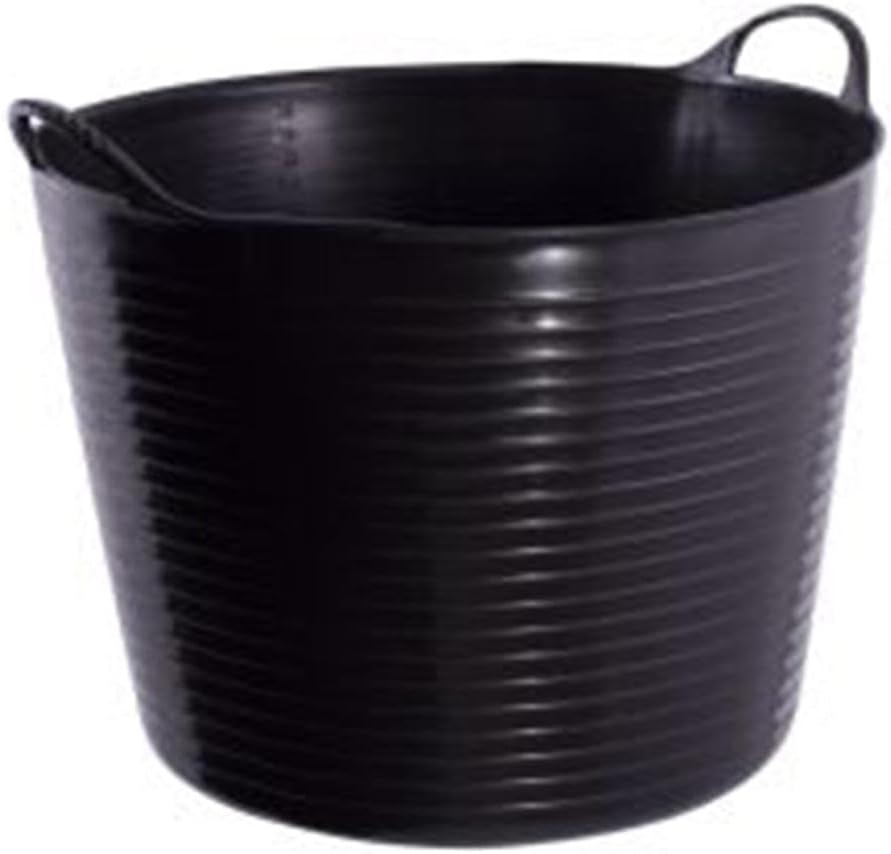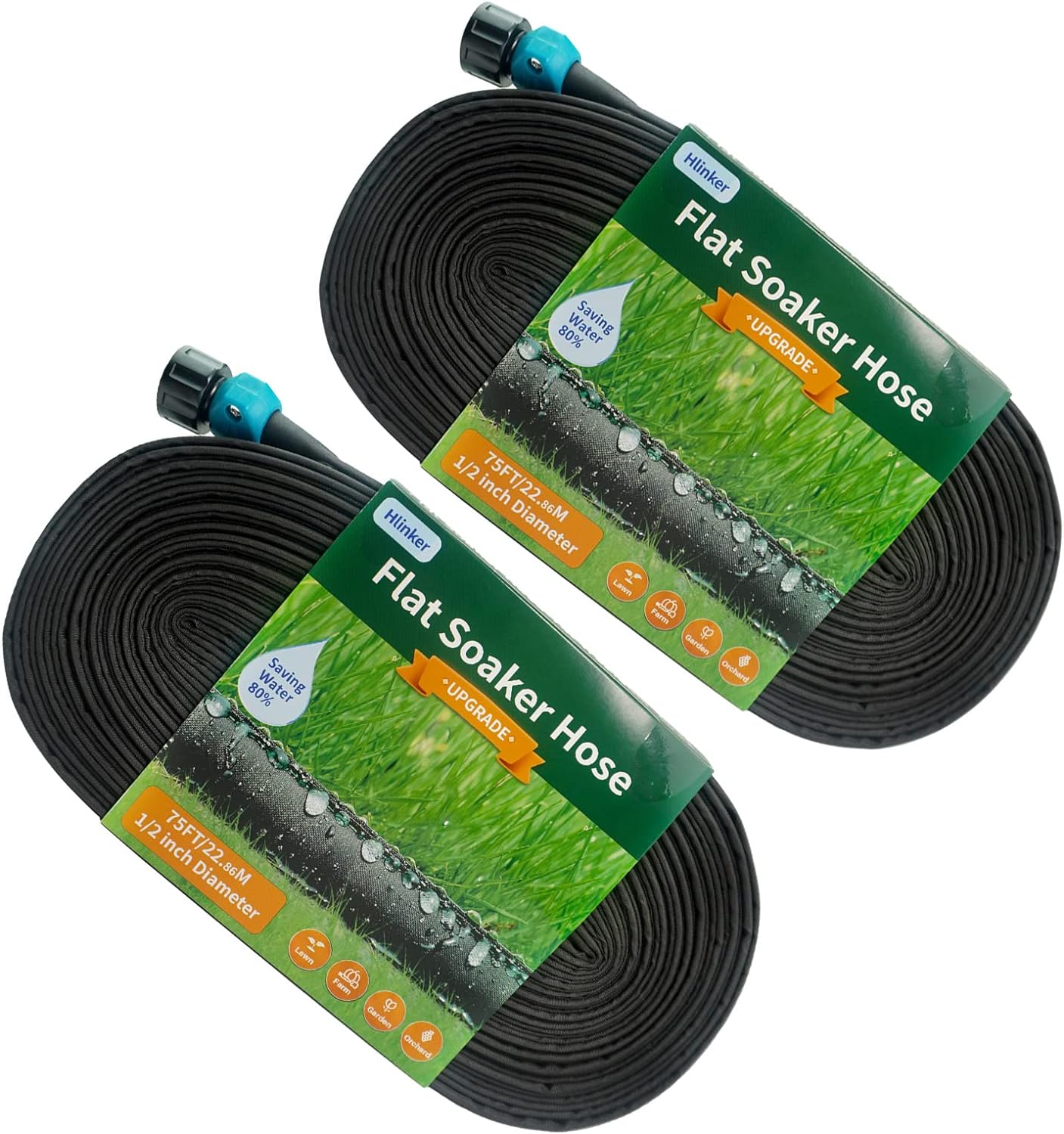Managing Weeds With a Light Touch (Part 1 of 2)
Before you declare an all-out war on weeds, learn more about them

If I were to rank the garden pests I’m most frequently asked about, I’d place weeds high on the list. Weeds manage to gain a foothold in even the most meticulously tended vegetable gardens.
A “weed” is commonly defined as a plant growing in a place where it is not wanted. This designation is somewhat subjective, since the same plant species can be considered a weed in one setting and a wildflower, medicinal herb, or nectar source for beneficial insects in another. Nevertheless, there is a consensus on the weedy nature of certain plant species such as thistles, docks, crabgrass, and many others. These species share characteristics that enable them to take over garden habitats when conditions are right.
To the degree that you gain a better understanding of the conditions suited to weed growth and are able to design and maintain your garden in ways that minimize such conditions, your battle with weeds will become briefer each year, and the need to resort to toxic weed control will be minimized or eliminated.
Weeds: The first soil conservationists
When examining a place where weeds grow, a little detective work usually reveals that the soil has been subjected to a disturbance at some point, leaving its surface bare of protective vegetation. In most vegetable gardens, soil disturbance is a routine part of gardening, associated with rototilling, hoeing, overhead irrigation, and other activities that disturb the soil. The mix of weeds that emerges is largely determined by the “seed bank” buried in the soil during previous seasons, or recently blown or flown in via wind or birds.
In nature, the correlation between disturbed soil and the appearance of weeds is part of a natural process called vegetation succession, a term referring to the fact that the first plant species to colonize a patch of bare, open soil will, over time, be displaced by other plant species in response to changes in the soil microhabitat. Thus, a meadow, if left undisturbed, may eventually become a forest.
Weed survival strategies
The early colonizers tend to be fast-growing annual broad-leaf plants like lamb’s-quarters and knotweed that produce thousands of seeds annually (over 72,000 seeds per year in the case of lamb’s-quarters). Moreover, the seeds of many such species can remain viable in the soil for decades, just waiting for the right conditions, such as soil disturbance, to enable them to germinate. The seeds also have special adaptations that enable them to migrate to new areas via wind, water, clothing, automobile tires, or birds.
Perhaps the most important agents of seed dispersal are migratory birds, many of whom fly thousands of miles in their seasonal travels. According to Mea Allan in her illuminating book Weeds: Unbidden Guests in Our Gardens, “Alfred Newton, a professor of zoology at Cambridge University, sent Charles Darwin the leg of a partridge with a hard ball of earth weighing 6½ ounces adhering to it. Darwin kept the earth for three years, but when he broke it up, watered it, and placed it under a bell glass, no fewer than 82 plants grew from it.”
Cultivating a tolerance for weeds
Given the bad press that weeds have received over the years, many gardeners find it difficult to develop a realistic tolerance level for weeds in their garden. Although keeping weed populations to a minimum is definitely important to the growth and vigor of edible garden plants as well as to overall garden appearance, complete eradication of all weeds is neither feasible nor desirable.
The bottom line is to recognize that the presence of some weeds is not only inevitable, it may actually be good for vegetable gardens. In his book, Weeds: Guardians of the Soil, Joseph Cocannouer describes the way in which deep-rooted weeds such as thistles, pigweeds, and nightshades are able to penetrate the subsoil, increasing openings for water and root movement and absorbing minerals such as phosphorus and potassium stored in the lower soil layers. Those minerals are brought up to the topsoil where they are made available to less aggressive plant species upon the death and decay of the weed that “mined” them.
 |
 |
| Thistle (left) has sharp prickles, and nightshade (right) has poisonous berries, yet both have deep roots that penetrate the subsoil, increasing openings for water flow and root movement. |
Sometimes weeds assist the work of gardeners in unexpected ways. A succinct example is provided in Mea Allan’s book: “F.C. King, for many years in charge of the famous garden at Levens Hall in England’s Lake District, found that the best way to secure a good crop of sound onions was to allow weeds to develop in the onion bed after about the first week in July. The growing weeds, by denying the onions a supply of nitrogen, improved their keeping qualities, and by digging in the weeds in the autumn, provided a supply of humus for the next crop.”
Other weeds should be tolerated because they can assist the gardener by serving as trap crops for pest insects. For example, gardeners in South Dakota report that by encouraging weedy grasses and broad-leaf weeds such as the annual kochia (Kochia scoparia) to grow as a barrier between the garden and adjacent open fields, grasshoppers that normally migrate from the dry pastures into irrigated gardens in the summer stop instead to feed on the weedy trap crop.
These examples of the beneficial role some weeds play in gardens are offered not as rationalizations for tolerating any and all weed growth, but rather as counters to the incessant barrage of media information that threatens all manner of horticultural havoc if weeds are tolerated at any level.
In setting weed tolerance levels it is important to ask at least five questions:
1. Which weed species are growing in the garden?
2. How aggressively do they grow and spread?
3. Where in the garden are they growing, and how visible are they?
4. How much damage to the crop plants, structures, or the overall aesthetics of the garden are they likely to cause?
5. What positive contributions are they making to the garden?
These questions can be answered by monitoring the garden through the growing season and by learning the names and behaviors of the weeds found growing there. By recording this information in a garden journal for a season or two, much information can be gained. The more adept you become at recognizing garden weeds, particularly in the seedling stage, the better you can judge which need immediate attention and which can be removed later or left alone.
The easiest way to identify a weed species is to compare your live specimen with a good photo-illustrated narrative description of common weeds in your area. Some useful books for identifying common garden weeds are listed in the source box at right.
Another good reason for learning to identify weeds is that some weeds act as indicators of relative levels of soil pH, salinity, moisture, and so on. Ehrenfried Pfeiffer, a protégé of Rudolf Steiner, makes the case in his classic Weeds and What They Tell. By learning to recognize indicator weeds and what they say about soil conditions, the observant gardener can learn a great deal about general problems and/or opportunities in the garden.
Integrated weed management
Learning about the connection between weeds and disturbed soils often leaves gardeners wondering how they can maintain a vegetable garden without creating conditions that perpetually favor weeds. After all, isn’t at least some tilling, mowing, hoeing, or spraying required to plant and maintain a garden?
The answer is quite simple. In order to minimize weeds in the first place or to prevent their return, any tactic used to remove weeds must be combined with an action designed to modify the soil habitat so it becomes unfavorable for future weed growth. It is this element of habitat modification that is missing from conventional weed control strategies, particularly those that rely on herbicides.
Read Managing Weeds With a Light Touch (Part 2 of 2). Part 2 of this article focuses on ways to use integrated weed management methods to modify the habitat of the vegetable garden to exclude excessive weeds.
For a more detailed look at weeds, see the Bio-Integral Resource Center’s pamphlet Non-Toxic Weed Control.
—This article was originally published in Kitchen Gardener #24 (December 1999). It is a condensed version of chapter 9 of The Gardener’s Guide to Common-Sense Pest Control.
Fine Gardening Recommended Products

Chapin International 10509 Upside-Down Trigger Sprayer
Fine Gardening receives a commission for items purchased through links on this site, including Amazon Associates and other affiliate advertising programs.

Tubtrugs SP42GBK Flexible Black Gorilla Large 38 Liter/10 Gallon Capacity
Fine Gardening receives a commission for items purchased through links on this site, including Amazon Associates and other affiliate advertising programs.

Flat Soaker Hose 75 150 FT for Garden Beds
Fine Gardening receives a commission for items purchased through links on this site, including Amazon Associates and other affiliate advertising programs.






Comments
Log in or create an account to post a comment.
Sign up Log in